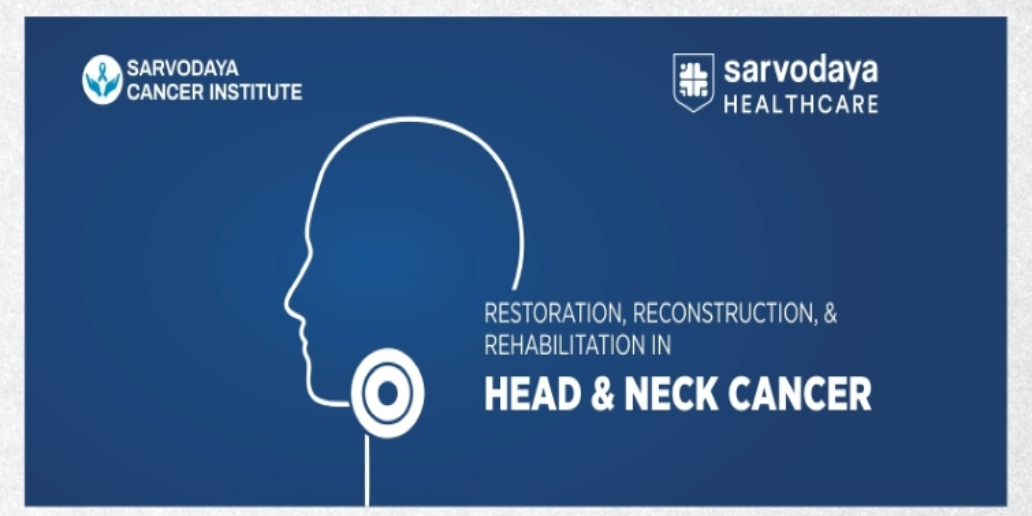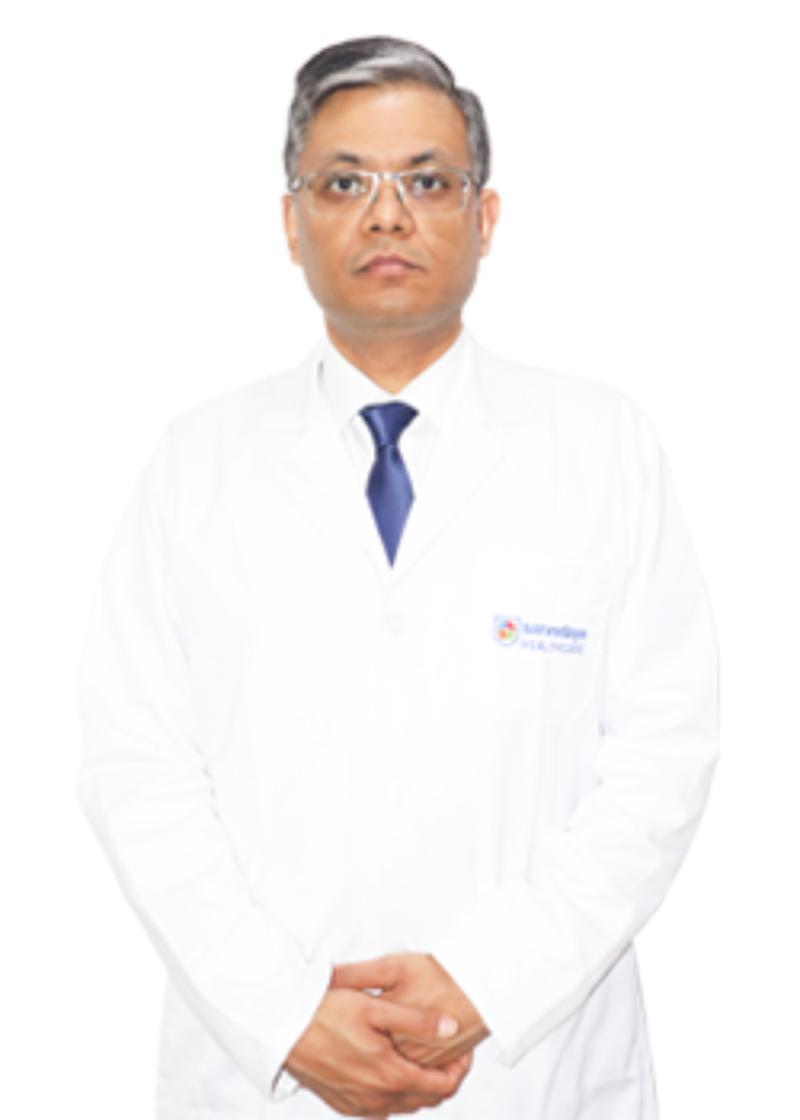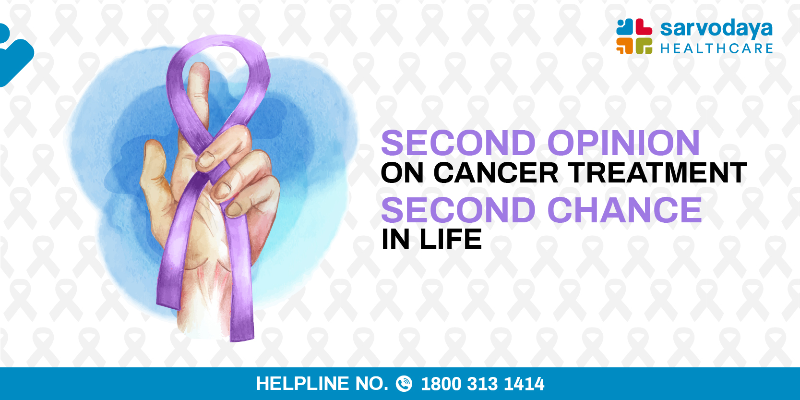The field of head and neck cancer surgery has gone through numerous changes in the past two decades. Advanced reconstructions largely replaced other techniques. More importantly, there has been a paradigm shift toward seeking not only to achieve reliable wound closure to protect vital structures but also to re-establish normal function and appearance.
Reconstructive Microsurgery
Most people are unaware that head and neck cancer may require reconstructive microsurgery. Reconstructive microsurgery is done to rebuild one or more of the body's parts. People who have a tumour near the jaw or mouth may need to have their teeth and bones removed. For those with a tumour near glands or nerves, they may need reconstruction to return feeling to that area. Surgery doesn't always go according to plan and if anything goes wrong during surgery reconstructive surgery is needed in that case as well.
Microvascular Reconstruction
The surgical procedure that involves moving a composite piece of tissue from another part of the body to the head and neck is called microvascular reconstruction. The tissue most commonly comes from the arms, legs, or back, and can include bone, skin, fat, and/or muscle. The details of what is moved and where it is moved from being dependent on the reconstructive needs. Transfer of the tissue to the head and neck allows us to do things such as rebuild a jaw, and nose, optimize tongue function or reconstruct the throat. The surgeon can also use a synthetic material to rebuild the area. Microvascular reconstruction is an umbrella term for several surgical procedures that are used to replace diseased or injured blood vessels with healthy ones.
The procedure involves using healthy tissues from other body parts to re-create the part that was removed or damaged during cancer treatment. Also, there needs to be removing of muscle, bone and skin, depending on the surgical defect’s characteristics, along with the blood vessels that supply the tissue, and then transferring the tissue to the damaged area. The harvested tissue is used to reconstruct the area with the surgical defect, and the blood vessels from the tissue are connected to blood vessels in the neck using a microscope. The harvested tissue then helps heal the defect and helps restore form and function.
Types of microvascular reconstruction techniques
Following are the types of microvascular reconstruction techniques –- Free Muscle Transfer
- Free Skin Transfer
- Free Bone Transfer
Free Muscle Transfer
In the case of Free Muscle Transfer muscle is collected from the leg, back or stomach, and is used to reconstruct the skull or scalp skin. Muscle and nerves are also used to restore facial movement in case of facial paralysis caused by tumours.
Free Skin Transfer
Free Skin Transfer involves the harvest of skin, fascia and fat from the forearm or thigh to reconstruct the tongue, floor of the mouth, cheek, lip, skin and pharynx, following removal of the voice box.
Free Bone Transfer
In Free Bone Transfer bone is acquired from the leg (fibula) or shoulder (scapula) and used to reconstruct defects in the upper (maxilla) and lower (mandible) jawbones. This restores the appearance of the face and the capacity to swallow by preventing the passing of saliva and food between the mouth and the nose and the neck.
If teeth are removed during cancer surgery, dental rehabilitation is provided in the form of dental implants. Oral surgeons and prosthodontists see that dental implants are comfortable and functional.
Why Choose Sarvodaya for Head & Neck Cancer Reconstruction Surgery?
Expertise
Sarvodaya Cancer Institute has become one of the best centres for cancer care in North India. Currently catering to more than 10,000 cancer patients every year from all over India & across the world, Sarvodaya Cancer Institute has a tradition of high success rate with minimal complications.
Experienced and Skilled Onco Surgeon
The Department of Surgical Oncology at Sarvodaya Cancer Institute is renowned nationwide and beyond for its excellent expertise in surgery, state-of-the-art infrastructure and overall professional standards. The department also boasts of some of the most prominent names in surgical oncology like Dr Amish Chaudhary who is now at Sarvodaya Hospital, Faridabad as a Director of Surgical Oncology.










